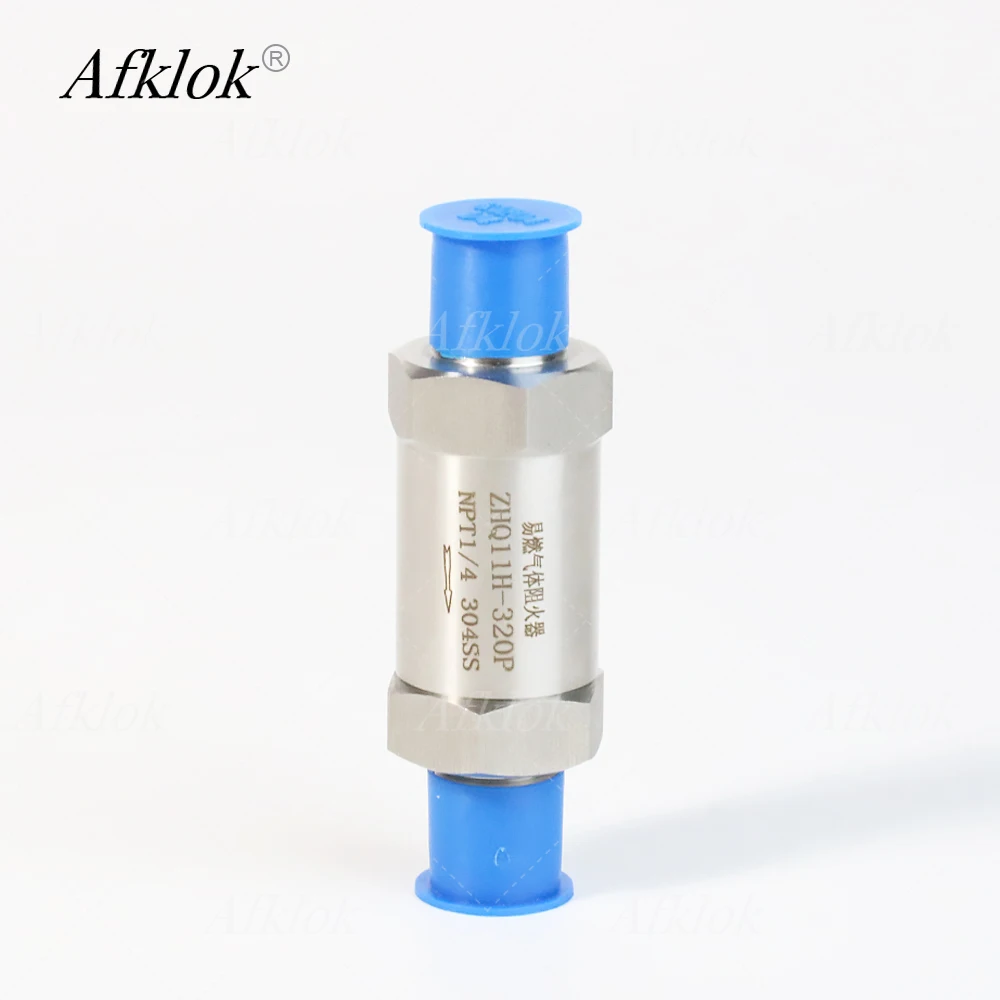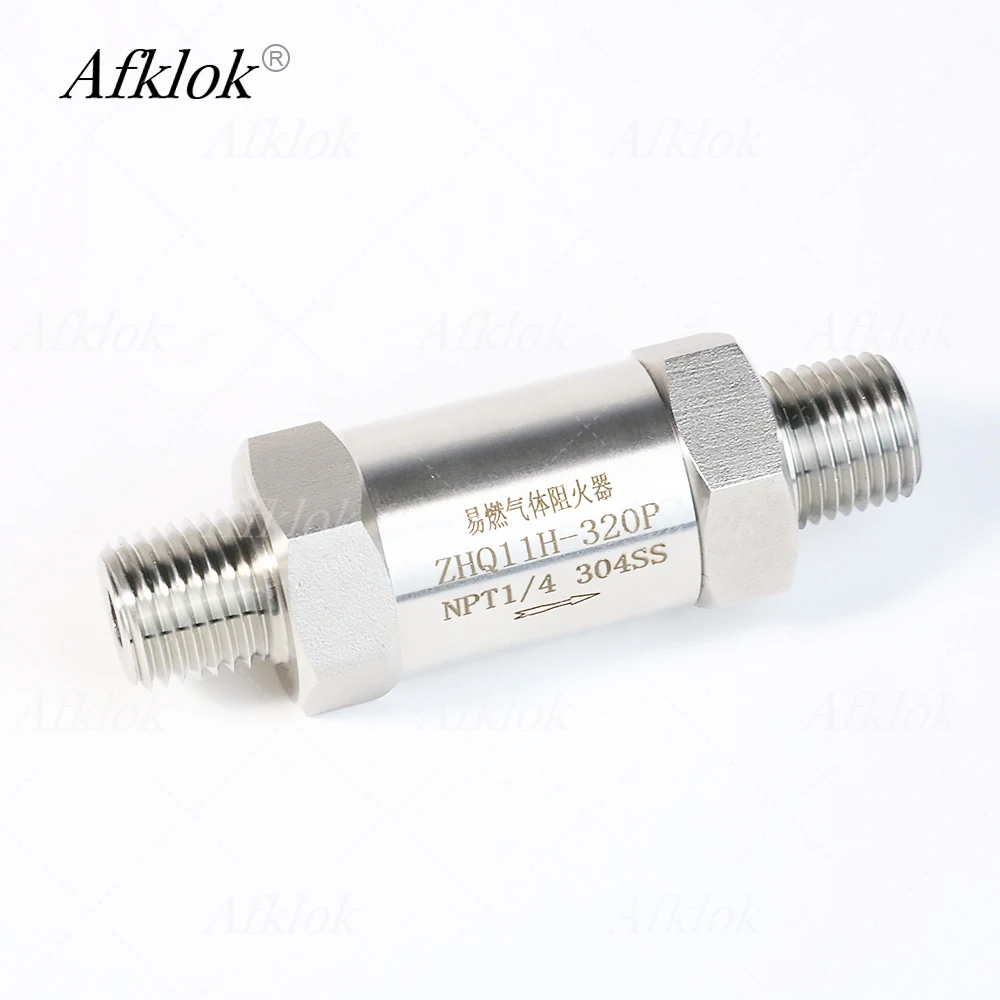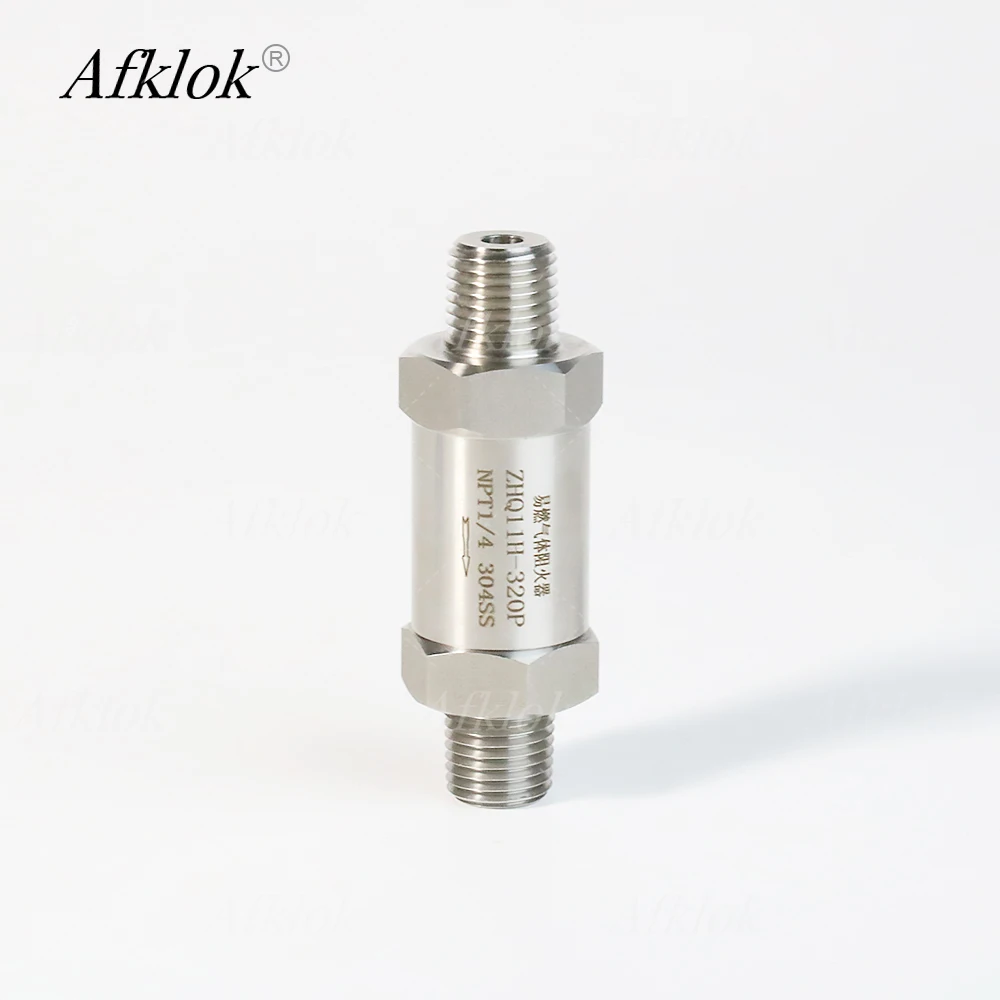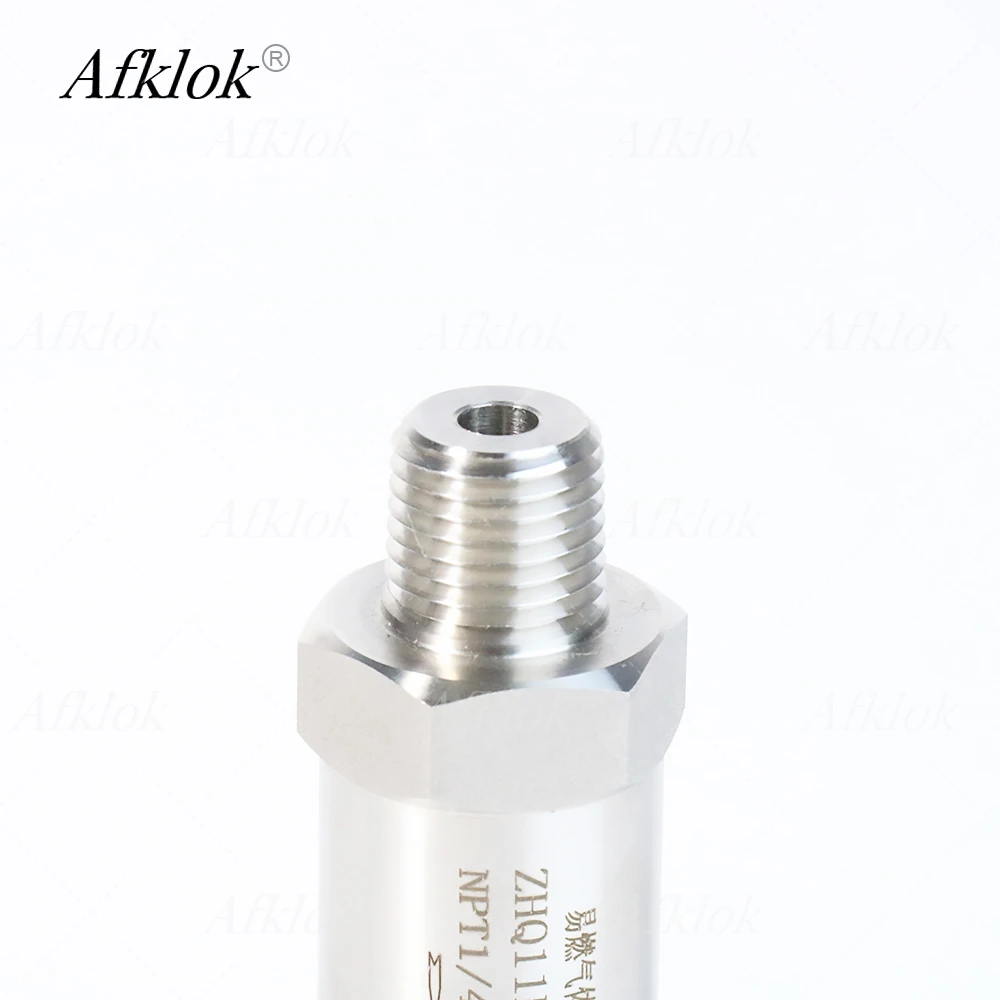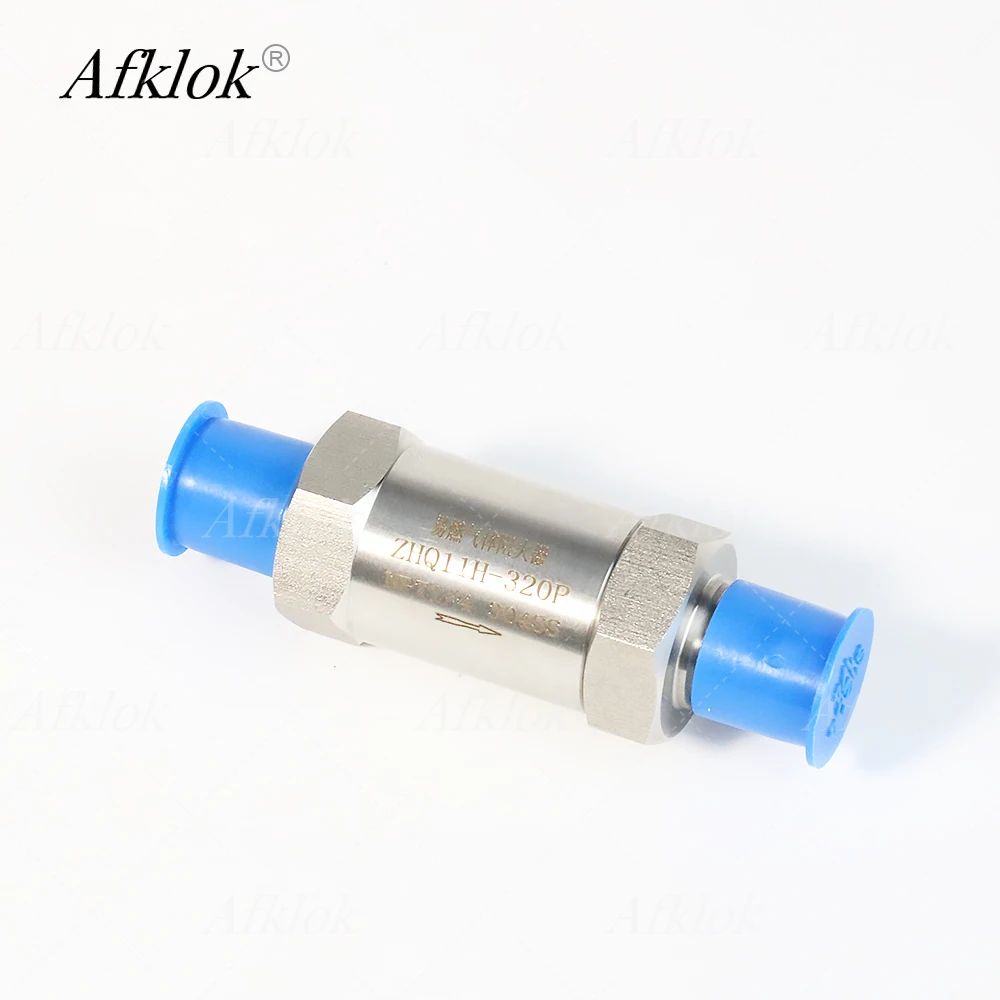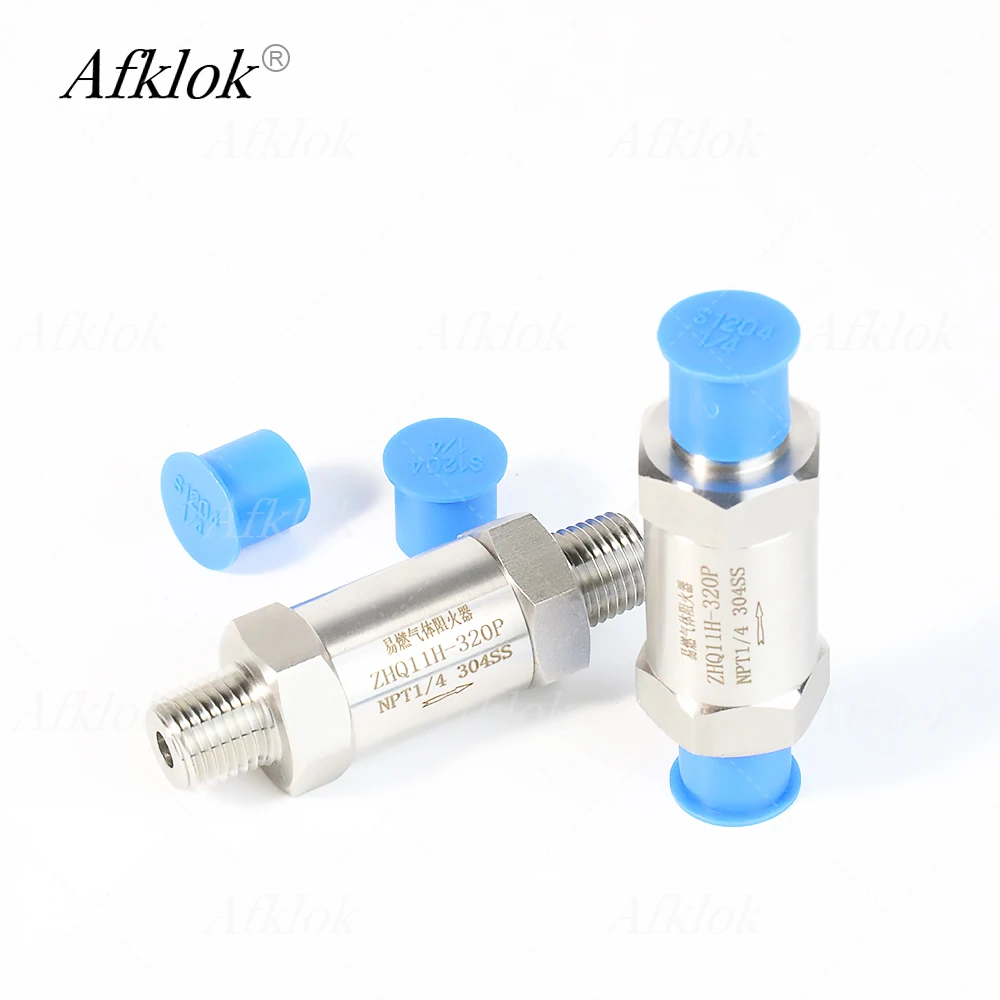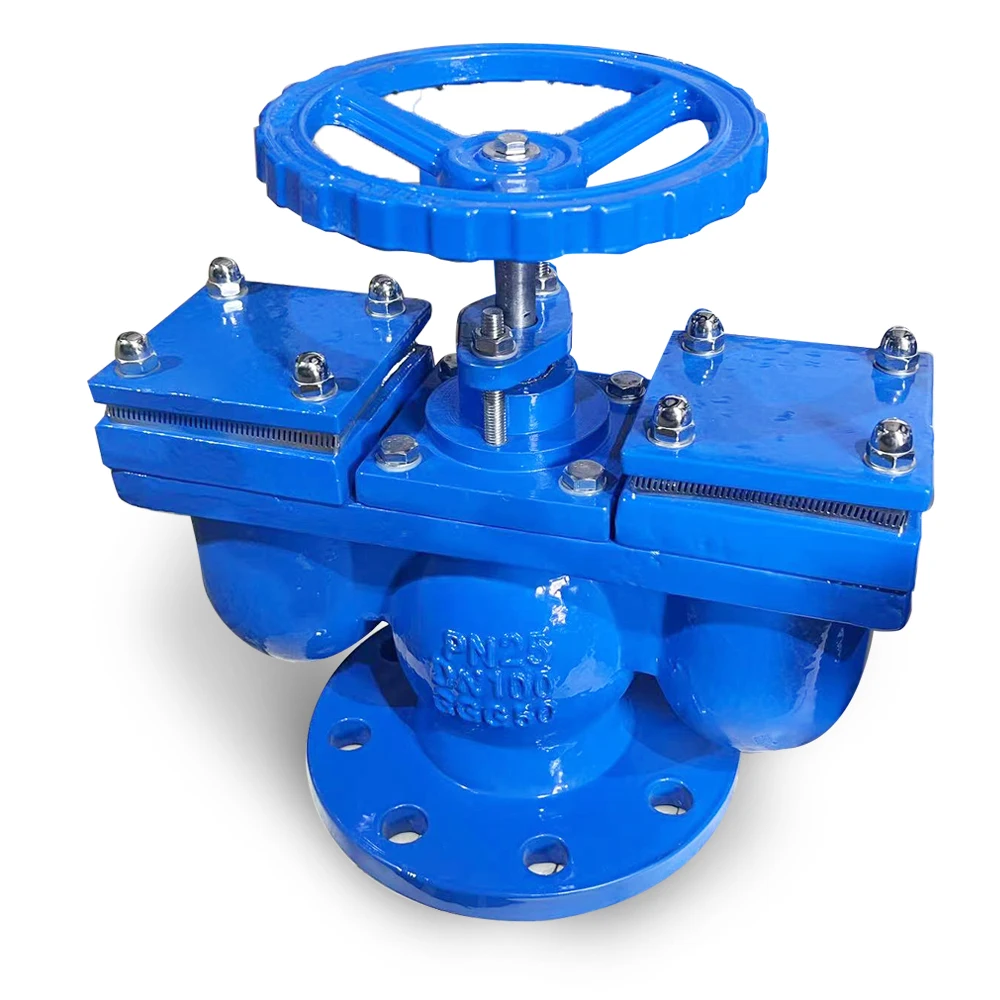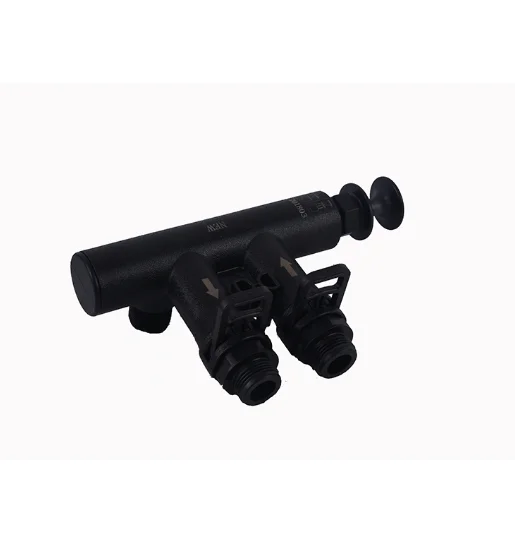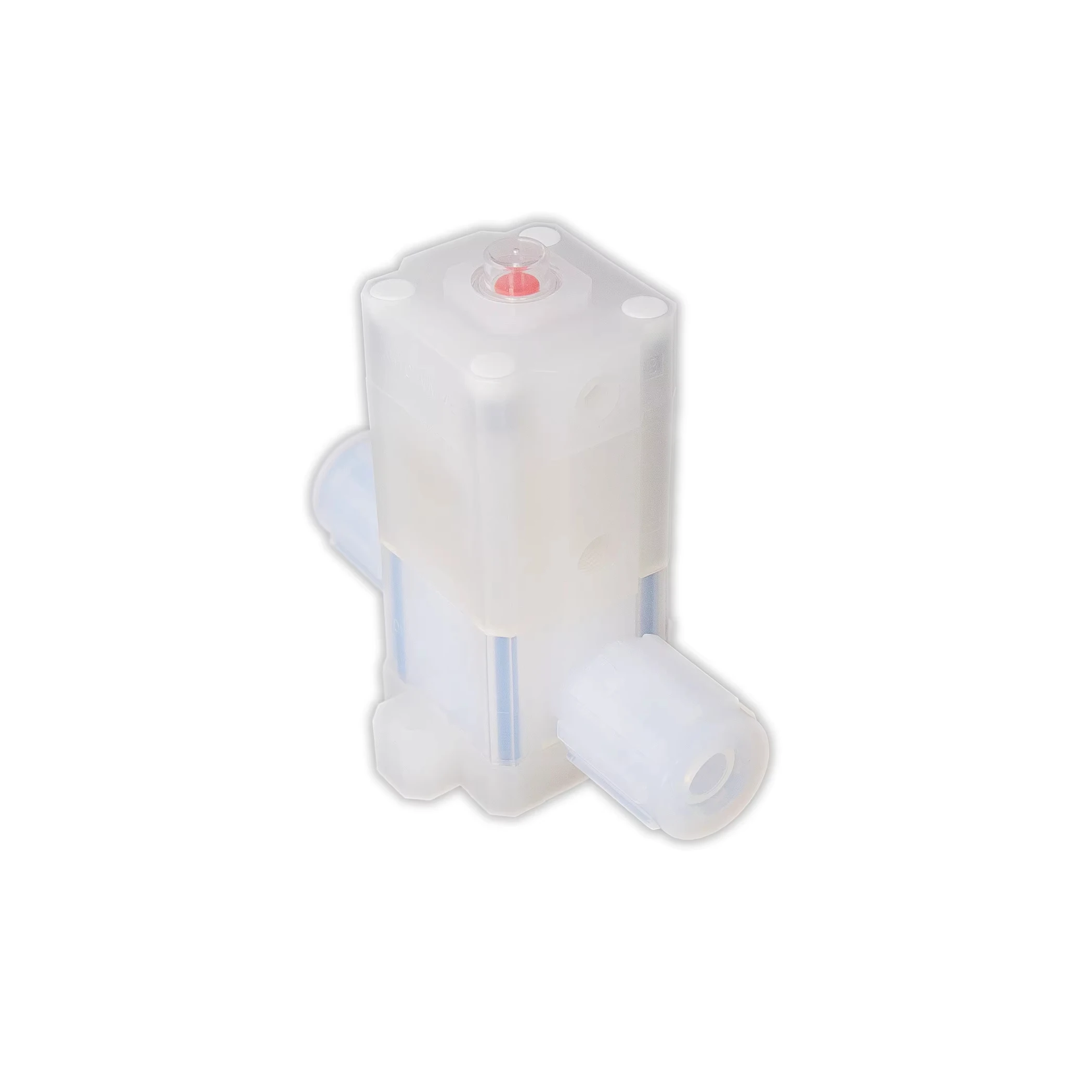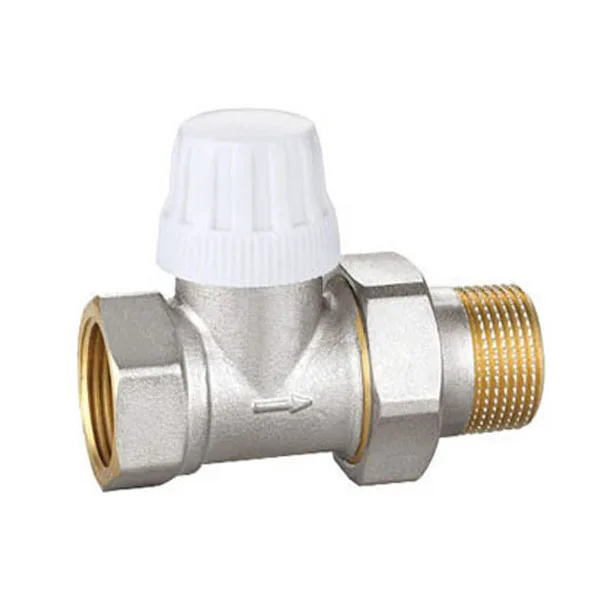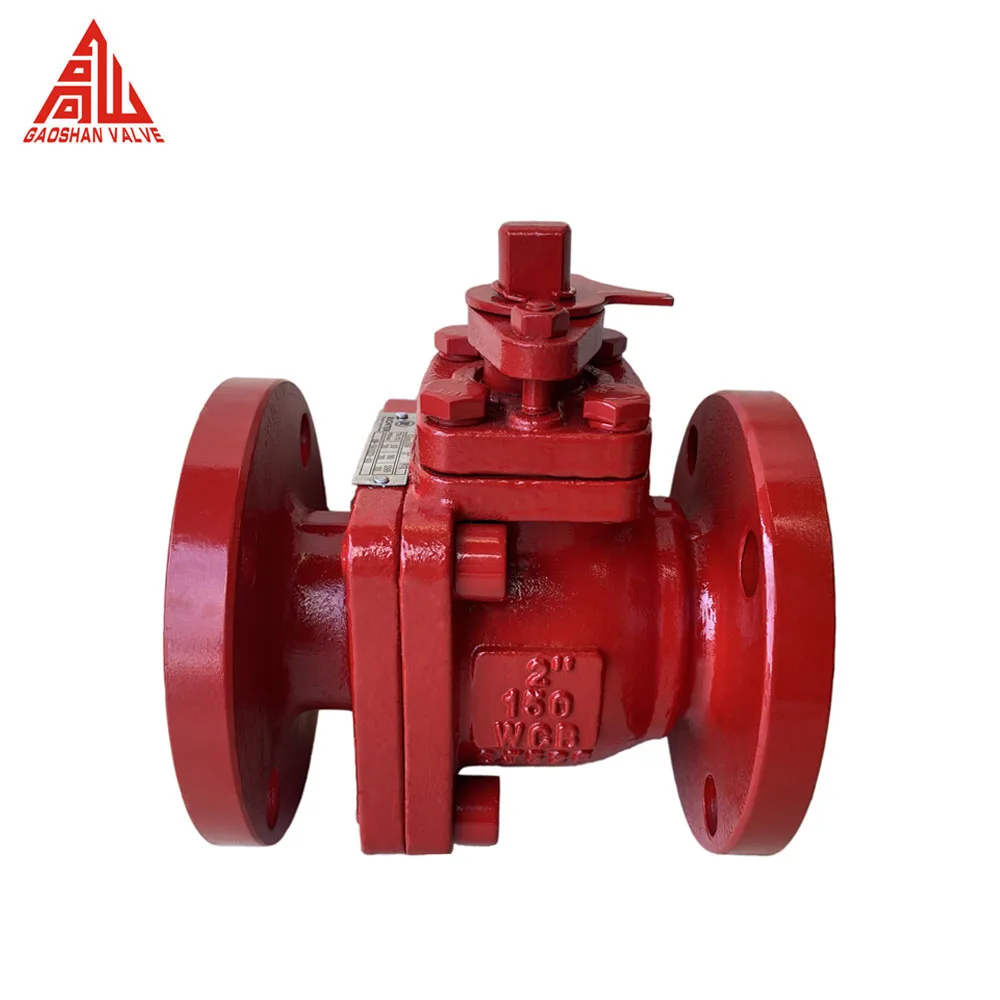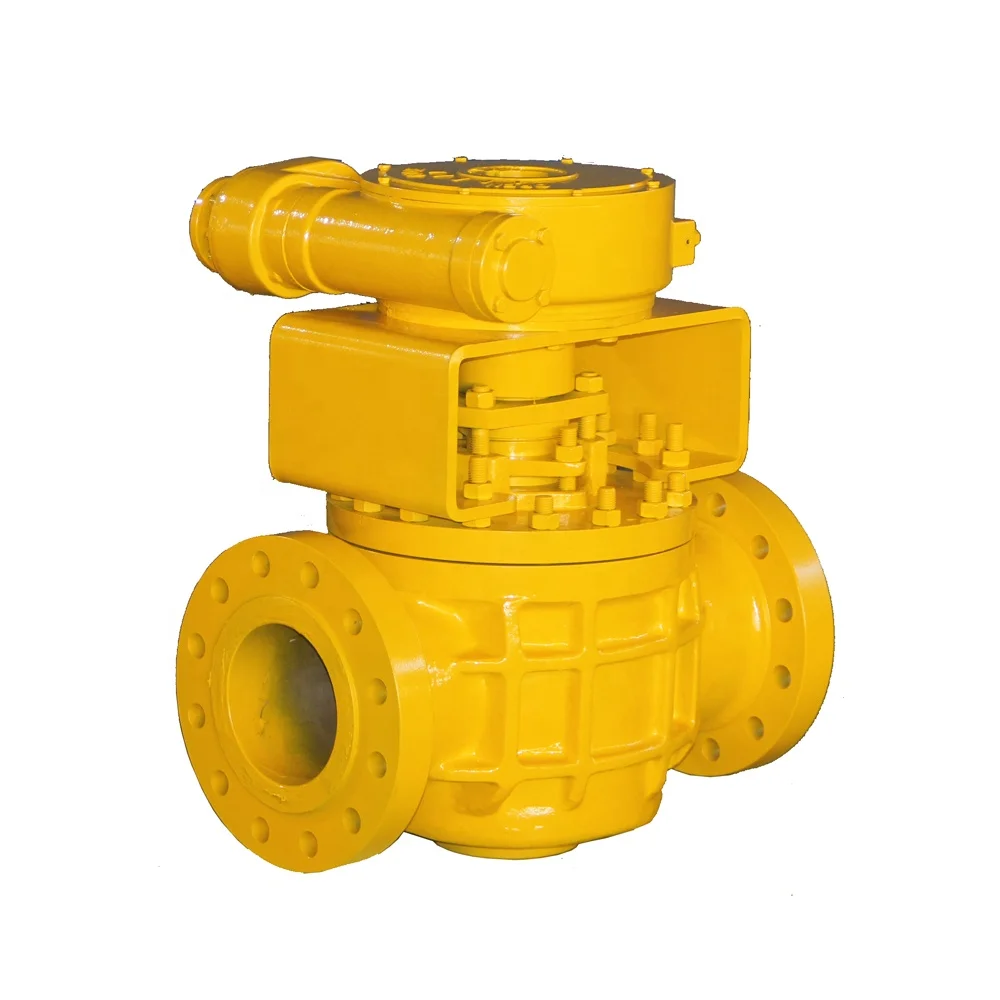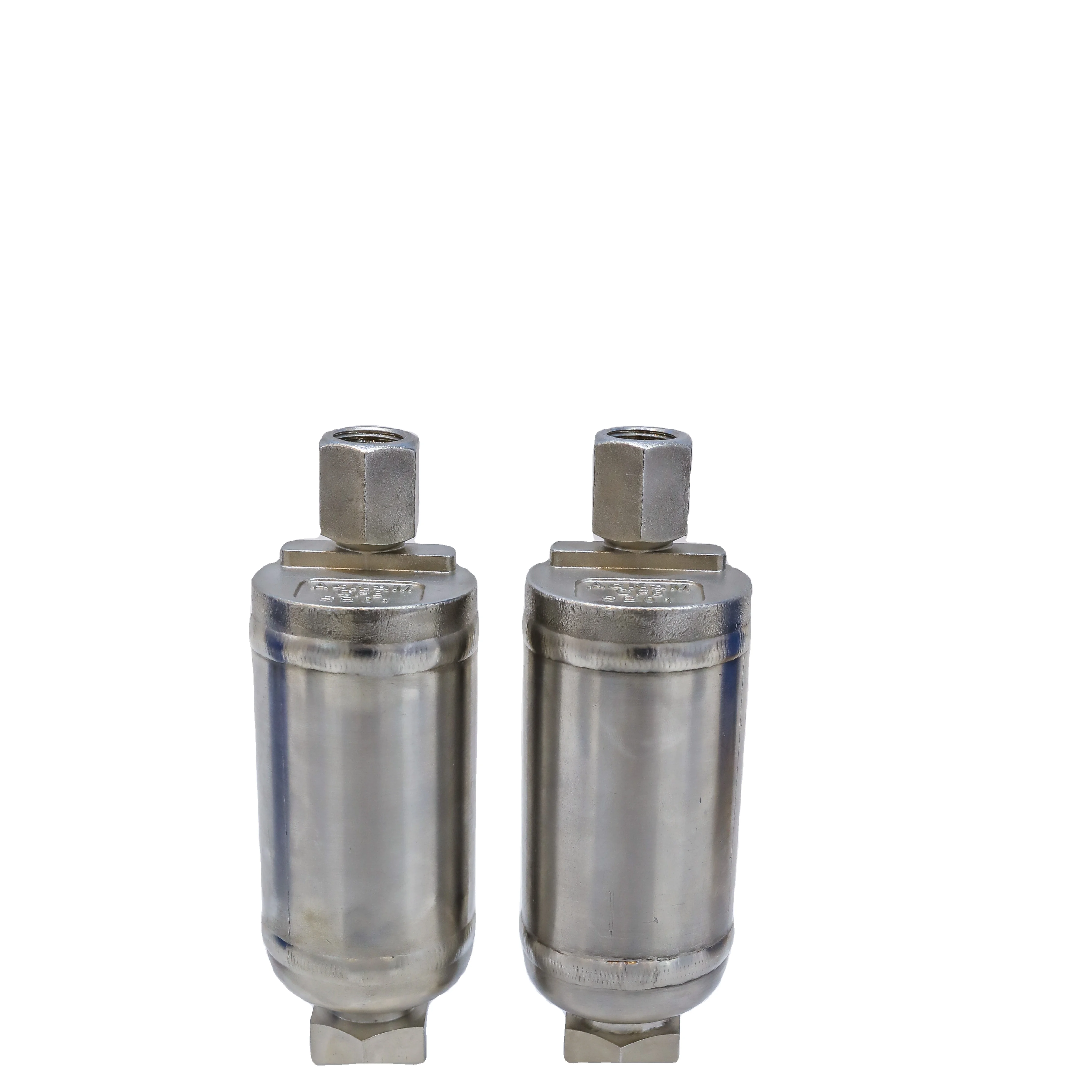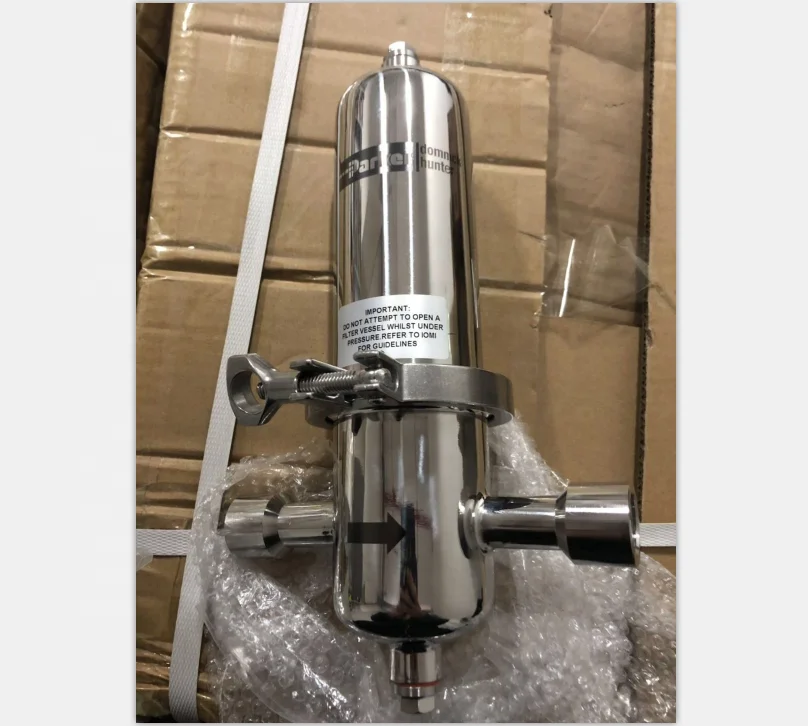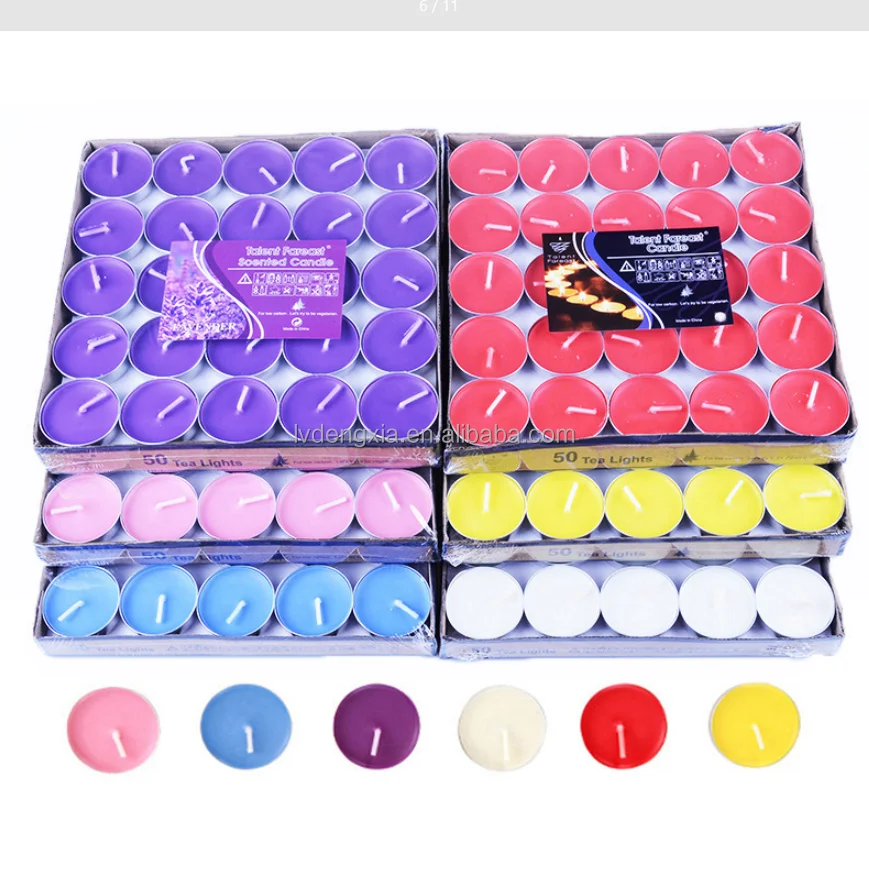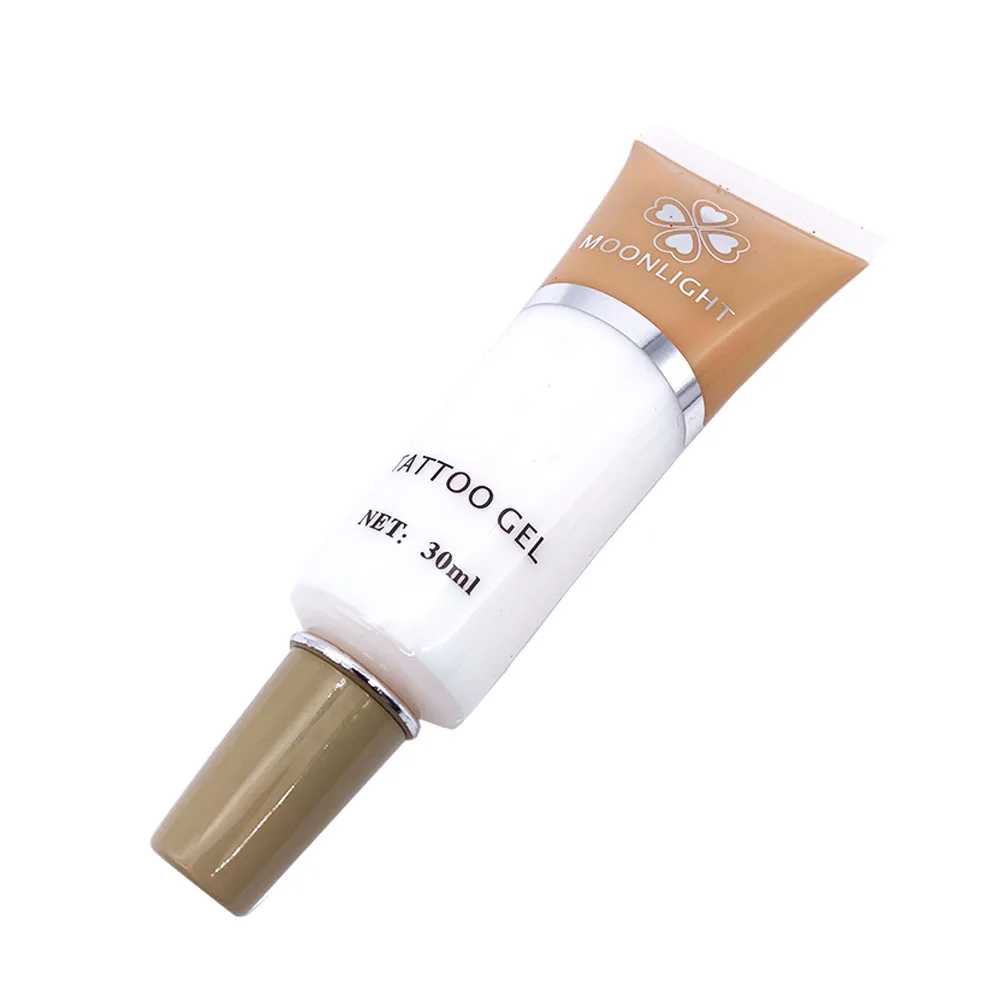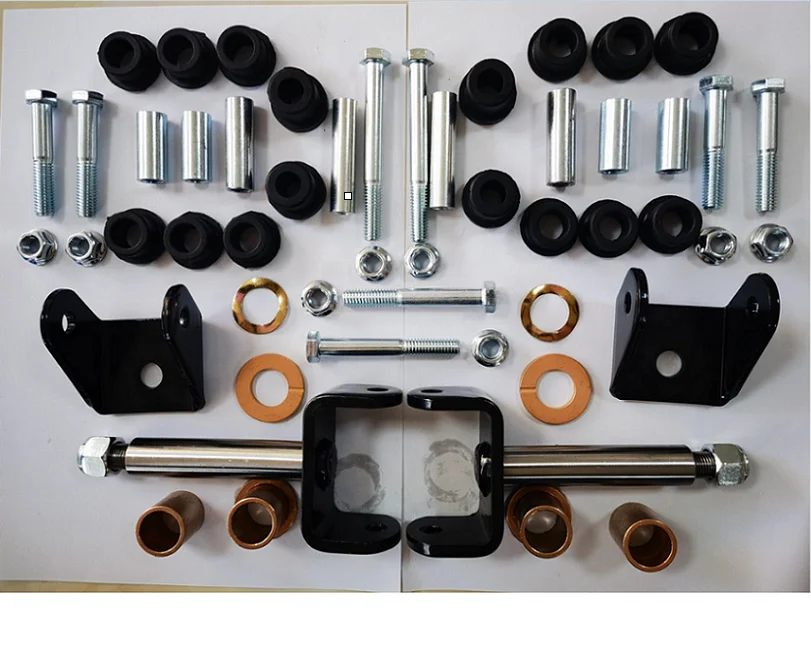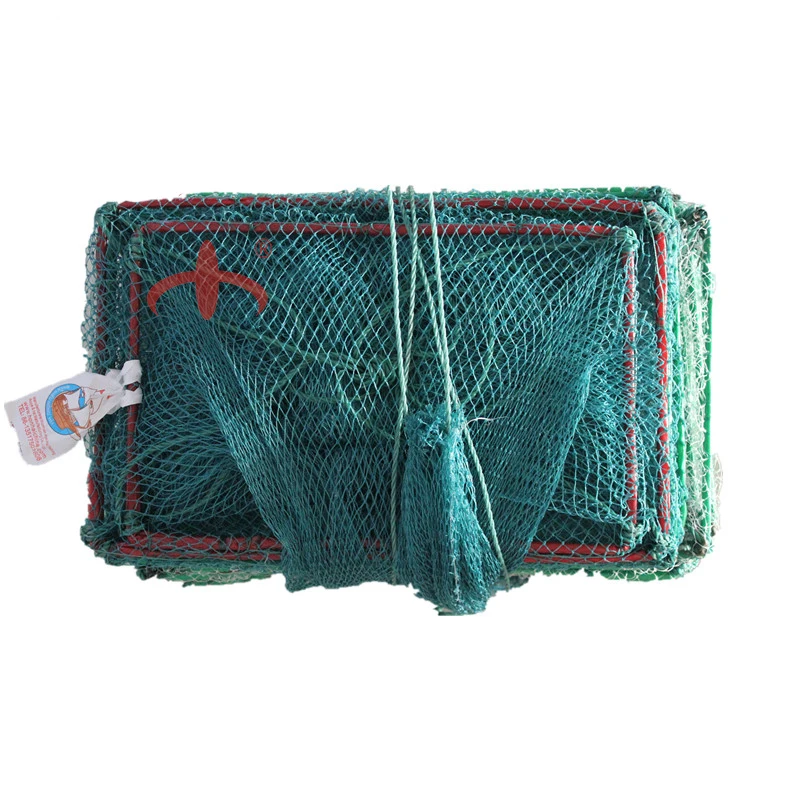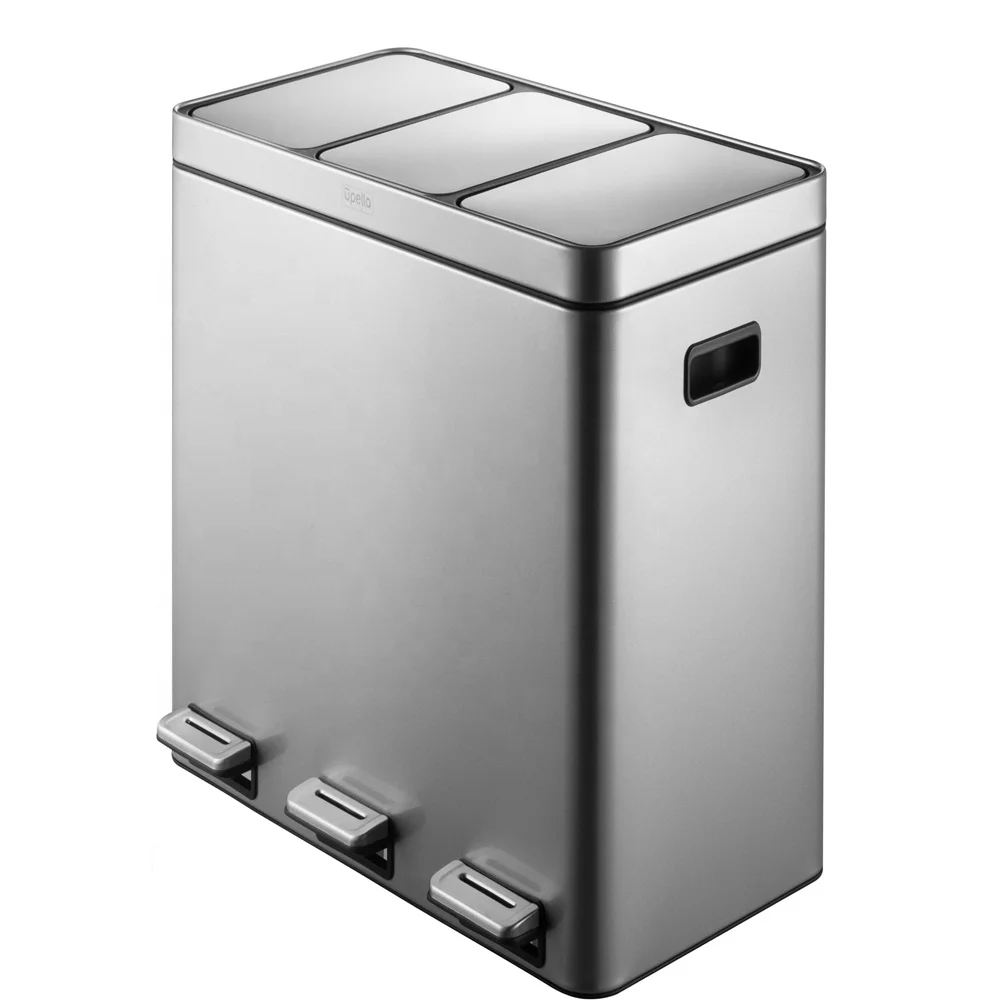High Quality Stainless Steel 304 Flammable Gas Flame Arrestor 1/8 1/4 3/8 1/2 3/4inch NPT Male Thread Pressure Rating 320P
- Category: >>>
- Supplier: Shenzhen Wofly Technology Co. Ltd.
Share on (1601265934097):
Product Overview
Description

High Quality Stainless Steel 304 Flammable Gas Flame Arrestor 1/8 1/4 3/8 1/2 3/4inch NPT Male Thread Pressure Rating 320P
Product Description
Product Name: Flammable Gas Flame Arrester 320P Stainless Steel 304)
This flammable gas flame arrestor is made of high quality stainless steel 304, with excellent corrosion resistance and good mechanical strength, suitable for all kinds of flammable gas pipeline system, can effectively prevent the spread of flame, to protect the safety of production and life. Its 1/4 external tooth NPT thread connection ensures the tightness and reliability of the connection, which is convenient for installation and maintenance. 320P represents the pressure level of the product, which can meet the requirements of specific working conditions.

1. Material: stainless steel 304
2. Connection: male thread NPT
3. Pressure level: 320P
4. flame arresting performance: qualified flame arresting performance, good burn resistance performance.
5. Applicable temperature: -20℃~450℃
6. applicable medium: flammable gas
7. Dimensions: 1/8 1/4 3/8 1/2 3/4in
Flammable Gas Flame Arrestor Working Principle
When flammable gas burns or explodes in the pipeline, the flame will propagate in the direction of the flame arrestor. When the flame enters the inner part of the flame arrestor, it will meet the multi-layer flame arresting screen. Due to the small size of the channel on the screen, the flame is divided into countless small fire clusters, increasing the rate of heat dissipation. At the same time, the concentration of combustible gases and the oxygen content inside the channel will be reduced by diffusion and will not be sufficient to sustain the flame. In addition, the flame will collide with the channel wall as it passes through the channel, further reducing the speed and intensity of the flame. Under the joint action of this series of physical and chemical processes, the flame is gradually extinguished inside the flame arrestor, thus preventing the spread of the flame.
When flammable gas burns or explodes in the pipeline, the flame will propagate in the direction of the flame arrestor. When the flame enters the inner part of the flame arrestor, it will meet the multi-layer flame arresting screen. Due to the small size of the channel on the screen, the flame is divided into countless small fire clusters, increasing the rate of heat dissipation. At the same time, the concentration of combustible gases and the oxygen content inside the channel will be reduced by diffusion and will not be sufficient to sustain the flame. In addition, the flame will collide with the channel wall as it passes through the channel, further reducing the speed and intensity of the flame. Under the joint action of this series of physical and chemical processes, the flame is gradually extinguished inside the flame arrestor, thus preventing the spread of the flame.

Flammable Gas Flame Arrestor Application Field
This flammable gas flame arrestor is widely used in flammable gas pipeline systems in petroleum, chemical, natural gas, electric power, metallurgy and other industries, such as gas pipelines, petrochemical pipelines, hydrogen pipelines, etc. It can effectively prevent the spread of flames and safeguard the safety of production and life.
This flammable gas flame arrestor is widely used in flammable gas pipeline systems in petroleum, chemical, natural gas, electric power, metallurgy and other industries, such as gas pipelines, petrochemical pipelines, hydrogen pipelines, etc. It can effectively prevent the spread of flames and safeguard the safety of production and life.
Specification
Customized support | OEM, ODM |
Warranty | 1 years |
Model Number | ZHQ |
Temperature of Media | High Temperature |
Brand Name | AFKLOK |
Media | Gas |
Product name | Flammable Gas Flame Arrestor |
Material | SS304 |
Size | 1/8in~3/4in |
Pressure Rating | 320P |
Certificate | ISO9001 CE |
MOQ | 1pcs |
Connection | Male Thread |

Packing & Delivery

To better ensure the safety of your goods, professional, environmentally friendly, convenient and efficient packaging services will be provided.
Company Profile
WOFLY is a leading Manufacturer, Supplier and Exporter of a wide range of gas equipements, available under the brand name AFK. Wofly's success yields from high-quality, innovative products, exceptional customer service, and unequaled technical expertise in the gas& oil industry.
WOFLY offers an extensive line of components including tube fittings, control valves, shut-off and solenoid valves, pressure relief and regulators.Through the years we have learned how to properly match the gas regulation equipment with the application. Using the proper equipment for the job eliminates problems such as contamination, pressure variances, safety issues, and equipment mismatch.
WOFLY offers an extensive line of components including tube fittings, control valves, shut-off and solenoid valves, pressure relief and regulators.Through the years we have learned how to properly match the gas regulation equipment with the application. Using the proper equipment for the job eliminates problems such as contamination, pressure variances, safety issues, and equipment mismatch.
FAQ
Q: What does 320P stand for?
A: 320P usually refers to the pressure rating of the flame arrestor. The ‘P’ here may be a specific pressure marking method, 320P means that the flame arrestor can withstand a certain pressure range, in this pressure range can work normally, to ensure the firestopping performance and safety.
Q: What is the firestopping principle of this type of flame arrestor?
A: This kind of flame arrestor usually adopts corrugated plate structure and other designs. When the flame passes through the flame arrestor, the special structure of the flame arrestor core will make the heat of the flame be dispersed and transferred to reduce the temperature of the flame, and at the same time, due to the narrowing of the passageway, it will make the collision chances of the free radicals with the passageway wall increase, and the free radicals taking part in the reaction will be reduced, thus preventing the spread of the flame.
Q: Which flammable gases can it be applied to?
A: It is generally applicable to common flammable gases, such as hydrogen, methane, ethane, propane, butane, etc. However, the specific scope of application still needs to be judged according to the specific characteristics of the gas, concentration, pressure and other factors. When selecting the type, you need to ensure that the performance parameters of the flame arrestor match the flammable gas used.
Q: How to install the flame arrestor correctly?
A: Before installation, make sure that the piping system is clean and free of impurities, oil and dirt. Before installation, make sure the piping system is clean and free of impurities, oil and grease. When installing the flame arrestor, make sure that the flow direction markings on the flame arrestor are consistent with the direction of flow of the medium, and make sure that the connections are tightly and reliably fastened to avoid leakage. For 1/4 male NPT connections, it is necessary to use suitable tools and sealing materials to ensure that the threaded connection is sealed.
Q: What are the installation location requirements?
A: The flame arrestor should be installed in the flammable gas piping system close to the source of ignition or the location where ignition sources may be generated, such as the air inlet of the combustion equipment, the exhaust port of the storage tanks, and so on. At the same time, it should be avoided to be installed in the elbow, branch and other parts of the pipeline, so as not to affect the performance of the flame arrestor.
Q: What do I need to pay attention to during use?
A: Regularly check whether the flame arrestor's flame arrestor core is blocked, deformed or corroded, etc. If there is any abnormality, it should be cleaned or replaced in time. In the process of use, avoid knocking, collision and other operations on the flame arrestor, so as not to damage the structure and performance of the flame arrestor.
Q: Why stainless steel 304 material?
A: Stainless steel 304 has good corrosion resistance, high temperature resistance and mechanical strength, can maintain stable performance in the environment of flammable gases, is not easy to rust, corrosion or deformation, long service life.
Q: How to carry out routine maintenance and repair?
A: Regularly check the appearance of the flame arrestor for damage, deformation, etc., and check whether the connection parts are loose. For the flame arrestor core, it should be cleaned or replaced regularly according to the usage to ensure the flame arrestor's firestopping performance. In the process of maintenance and repair, it should be operated in strict accordance with the requirements of the product manual.
Q: What is the service life of the flame arrestor?
A: The service life is affected by a variety of factors, such as the use of the environment, the characteristics of the medium, maintenance and so on. Generally speaking, if normal use and maintenance, the service life of stainless steel 304 material flame arrestor can reach several years or even longer. But the specific service life also needs to be evaluated according to the actual situation.
Q: Is it possible to connect with pipes or equipment made of other materials?
A: When connecting with pipes or equipment made of other materials, the compatibility of the materials and the reliability of the connection should be considered. If the materials are not compatible, this may lead to problems such as corrosion and leakage. When connecting, it is necessary to use suitable transition joints or sealing materials to ensure that the connection is airtight and safe.
A: 320P usually refers to the pressure rating of the flame arrestor. The ‘P’ here may be a specific pressure marking method, 320P means that the flame arrestor can withstand a certain pressure range, in this pressure range can work normally, to ensure the firestopping performance and safety.
Q: What is the firestopping principle of this type of flame arrestor?
A: This kind of flame arrestor usually adopts corrugated plate structure and other designs. When the flame passes through the flame arrestor, the special structure of the flame arrestor core will make the heat of the flame be dispersed and transferred to reduce the temperature of the flame, and at the same time, due to the narrowing of the passageway, it will make the collision chances of the free radicals with the passageway wall increase, and the free radicals taking part in the reaction will be reduced, thus preventing the spread of the flame.
Q: Which flammable gases can it be applied to?
A: It is generally applicable to common flammable gases, such as hydrogen, methane, ethane, propane, butane, etc. However, the specific scope of application still needs to be judged according to the specific characteristics of the gas, concentration, pressure and other factors. When selecting the type, you need to ensure that the performance parameters of the flame arrestor match the flammable gas used.
Q: How to install the flame arrestor correctly?
A: Before installation, make sure that the piping system is clean and free of impurities, oil and dirt. Before installation, make sure the piping system is clean and free of impurities, oil and grease. When installing the flame arrestor, make sure that the flow direction markings on the flame arrestor are consistent with the direction of flow of the medium, and make sure that the connections are tightly and reliably fastened to avoid leakage. For 1/4 male NPT connections, it is necessary to use suitable tools and sealing materials to ensure that the threaded connection is sealed.
Q: What are the installation location requirements?
A: The flame arrestor should be installed in the flammable gas piping system close to the source of ignition or the location where ignition sources may be generated, such as the air inlet of the combustion equipment, the exhaust port of the storage tanks, and so on. At the same time, it should be avoided to be installed in the elbow, branch and other parts of the pipeline, so as not to affect the performance of the flame arrestor.
Q: What do I need to pay attention to during use?
A: Regularly check whether the flame arrestor's flame arrestor core is blocked, deformed or corroded, etc. If there is any abnormality, it should be cleaned or replaced in time. In the process of use, avoid knocking, collision and other operations on the flame arrestor, so as not to damage the structure and performance of the flame arrestor.
Q: Why stainless steel 304 material?
A: Stainless steel 304 has good corrosion resistance, high temperature resistance and mechanical strength, can maintain stable performance in the environment of flammable gases, is not easy to rust, corrosion or deformation, long service life.
Q: How to carry out routine maintenance and repair?
A: Regularly check the appearance of the flame arrestor for damage, deformation, etc., and check whether the connection parts are loose. For the flame arrestor core, it should be cleaned or replaced regularly according to the usage to ensure the flame arrestor's firestopping performance. In the process of maintenance and repair, it should be operated in strict accordance with the requirements of the product manual.
Q: What is the service life of the flame arrestor?
A: The service life is affected by a variety of factors, such as the use of the environment, the characteristics of the medium, maintenance and so on. Generally speaking, if normal use and maintenance, the service life of stainless steel 304 material flame arrestor can reach several years or even longer. But the specific service life also needs to be evaluated according to the actual situation.
Q: Is it possible to connect with pipes or equipment made of other materials?
A: When connecting with pipes or equipment made of other materials, the compatibility of the materials and the reliability of the connection should be considered. If the materials are not compatible, this may lead to problems such as corrosion and leakage. When connecting, it is necessary to use suitable transition joints or sealing materials to ensure that the connection is airtight and safe.
We Recommend
New Arrivals
New products from manufacturers at wholesale prices
